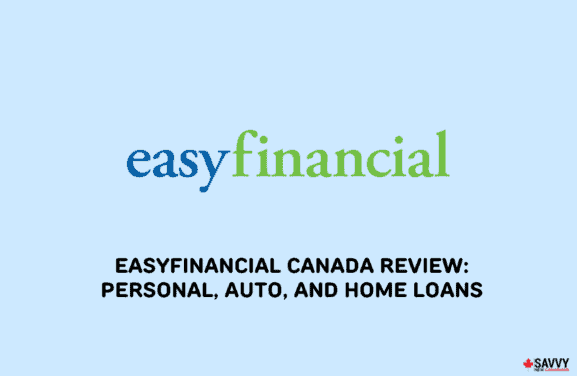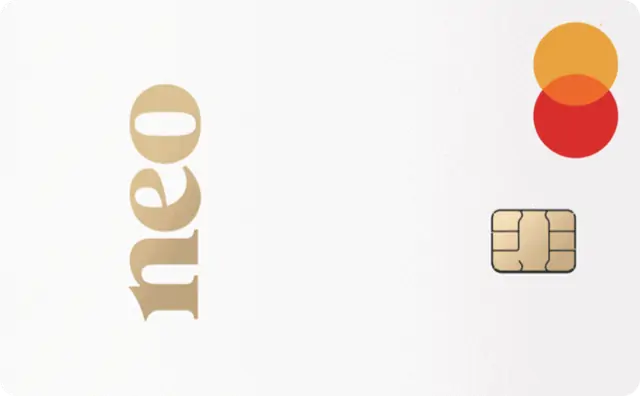Personal loans in Canada are relatively simple compared to other types of loans. However, they still come with several terms and definitions you may be unfamiliar with.
It’s important to know precisely what you are getting into whenever you borrow money, which means understanding the terms.
In this personal loan glossary, you’ll find a list of all the most important terms and definitions to help you when you apply for a personal loan in Canada.
Key Takeaways
- There is a lot of personal loan terminology to get your head around.
- This guide contains over 30 of the most important terms to familiarize yourself with.
Personal Loan Terminology
Following are the most important personal loan terms, along with their explanations:
Amortization
With fixed-interest loans, there is an amortization schedule. This describes the monthly amount you will pay to cover the principal and interest.
Annual Percentage Rate (APR)
The APR is the yearly cost of taking out a loan, including the interest and other charges. It’s the easiest way to compare the cost of personal loans.
Balloon Payment
This is a one-time payment made at the end of the loan term to pay off the remaining balance. It’s typically a larger amount than the other payments.
Beneficiary
The beneficiary is someone or something named to receive a certain benefit. For example, beneficiaries might be named in a will. If you die owing money, the creditor will file a claim to get paid from your estate, and the amount the beneficiary will receive may be affected.
Borrower
The borrower is the person borrowing the money. When you apply for a personal loan, you are the borrower and responsible for paying it back.
Borrower Default
This is when the borrower fails to repay the funds according to the personal loan agreement. The loan may be sent to a debt collection agency, which will attempt to collect the money due.
Bridge Loan
A bridge loan is a type of short-term loan. It is often used with homes where it provides enough to cover the down payment so you can buy a new home before you sell your existing one.
Collateral
This is an asset that you use to secure a loan. It could be a vehicle or a home, and you can lose the asset if you don’t repay the loan.
Co-Borrower
When you take out a loan with someone else, they are called a co-borrower. Both names appear on the loan documents, and you are jointly responsible for paying back the loan.
Co-Signer
If you have a bad credit score, you could use a co-signer to help get approved for a personal loan. They co-sign for the loan and are then responsible for paying it if you cannot.
Credit Score
Credit scores are used to show your creditworthiness. Lenders check your score to find out how much risk you represent before agreeing to lend you money.
Scores range from 300 to 900 in Canada, with 300 being the worst and 900 being the best. You can improve your score by paying back loans on time, but it can also be negatively affected if you fail to make the payments.
Debt Consolidation
Debt consolidation is when you take out one loan to pay off several other loans rather than making multiple monthly payments.
This can be a good option if you have many loans with high-interest rates. It also makes it more convenient to keep on top of your payments.
Default
This is when you do not pay back the loan on time. It does not tend to be a big problem if you only pay a few days late, but it can lead to your debt being sent to a debt collector.
Deferred Payment Loan
This is where you cannot make a payment on time, and the lender allows you to defer it for a short while.
Escrow
An escrow account is a legal holding account and is more common with mortgages. When your taxes are included in your mortgage, some of your payment is collected in an escrow account, and the lender then pays them when they are due.
Fixed Interest
This is when the interest rate on your personal loan remains the same from start to finish, and your monthly payment is also the same.
Grace Period
The grace period is the period you are allowed to make a late payment after the due date without facing any penalties.
With credit cards, it’s the period when you won’t be charged interest on your purchases as long as you pay off your balance in full.
Gross Income
Your total income before taxes and other deductions are made is your gross income. Lenders may use it to determine whether to approve your application.
Hard Credit Check
This is when a lender checks your credit report to determine whether to approve your loan application.
Whether you apply for a personal loan from RBC, Scotiabank, CIBC or any other bank, they will carry out a hard credit check, which has a small impact on your score.
Interest
Interest is the amount that the lender charges when you borrow from them. It is expressed as a percentage (e.g. 10%).
Installment Loan
This is a loan with a fixed repayment schedule outlined in the agreement. With these loans, you borrow a lump sum and then make monthly payments.
Late Fee
If you repay a loan late, you may be charged a late fee. The amount of the fee depends on the lender.
Loan Agreement
This is the legal contract when you take out a personal loan. It contains information like the APR, payment schedule, details of fees, and more.
Loan Amortization
This is the process of scheduling a fixed-rate loan into payments of equal size. It describes the amount you pay every month to cover the principal and the interest.
Loan Limit
The loan limit is the maximum amount you can borrow from a lender. The lender will use factors like your income and credit score to determine your limit.
Loan Origination Fee
This is a fee that some lenders charge to cover the costs involved, like underwriting. It is deducted from the loan amount. If there is a 5% origination fee and you borrow $1,000, you receive $950.
Non-Recourse Loans
Non-recourse loans are secured by some form of collateral. If you default on your loan, the lender is limited to seizing this collateral and nothing else, even if it does not cover the total loan amount.
Prepayment Penalty
You may be charged this fee if you pay off some or all of your loan before the term ends.
Prequalification
You may be prequalified for a loan when a lender is willing to lend you a certain amount based on factors like your income. It is not a guaranteed loan offer.
Principal
The principal refers to the amount you borrow when you take out a personal loan, not including the interest you owe.
Recourse Loans
These loans are secured by collateral. However, if you default, the lender is not limited to seizing the asset, and they can also go after your other personal assets.
Secured Loan
Secured loans are loans with collateral attached to them. If you default, the lender can seize the asset (e.g. your vehicle).
Soft Credit Check
This is a credit check that is made when you have not applied for credit, and it does not have an impact on your credit score. Some lenders use this when they are prequalifying you for a loan.
Unsecured Loan
Unsecured personal loans are loans without any collateral attached to them. If you default on your loan, the lender can only seize your assets if they take legal action.
Terms
The loan term refers to the number of months you have to repay it. For example, the personal loan term length might be 12 or 24 months. Longer terms have lower monthly payments but are more expensive overall.
Variable Interest
A loan with a variable interest rate is where the interest rate changes based on a benchmark rate. As such, the rate could go up or down.
What is a Personal Loan?
A personal loan is when you borrow funds that you can use for a wide range of purposes.
You borrow a fixed amount from a lender and pay it back in installments over a period of time. The amount you pay back includes the amount you borrow along with the interest and fees.
Types of Personal Loans
There are various types of personal loans:
- Secured loans – loans secured by an asset like your vehicle.
- Unsecured loans – loans where no collateral is required.
- Joint loans – loans where you apply with a co-signer, often because they have better credit.
- Debt consolidation loans – where several debts are rolled into one new loan.
- Line of credit – this is where you have access to a certain amount of revolving credit, and you only pay interest on the amount you borrow.
- Auto loan – this is similar to a personal loan but is used specifically for the purpose of buying a vehicle.
Pros and Cons of Personal Loans
Pros:
- Easy to apply.
- Many options to choose from.
- Funding times are typically fast.
- Easy to manage payments.
- Loan terms can be short or long.
Cons:
- Failure to make payments can affect your credit score.
- Interest rates can be high.
- It may require collateral.
- Often come with additional fees.
Should You Get a Personal Loan?
A personal loan can be a convenient way to access funds quickly, and they are often quite simple to arrange. This can make them a good option for many people.
As always, make sure you only borrow what you can afford, and compare alternatives like using a credit card to determine whether a personal loan is right for you.
FAQs
The four classifications can refer to different things, but in general, they refer to the four main types of loans: fixed-rate, variable-rate, secured, and unsecured.
The 4 Cs refer to certain lenders’ considerations when analyzing your loan application. They refer to: Capacity, your ability to pay; Capital, what you’re worth; Collateral, what you will forfeit if you default on your loan; and Character, whether you usually repay your loans and pay your bills on time.
10% is generally considered a good rate for a personal loan, but it depends on your situation.
The act of paying off a loan is called repayment.
Related: Best Buy Financing in Canada






